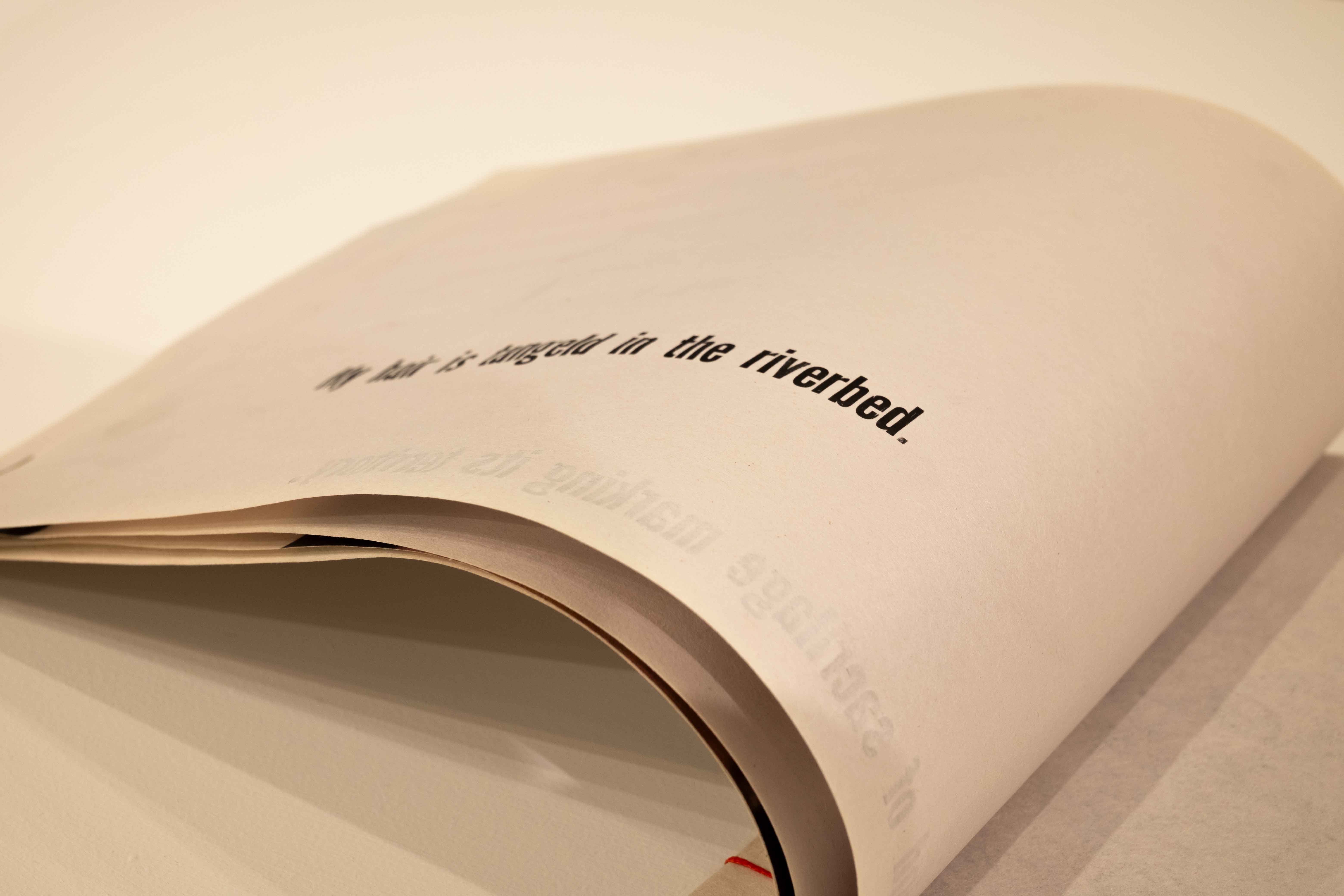.jpg)

salamander's lament

speak magazine

i voted!

room service style guide

boys & girls

.jpg)






As an ode to my mother, Michelle Raye Cherry Sampson, Neon Graveyard follows my reacquaintance and rediscovery of her hometown in Columbia, Tennessee. Growing up adjacent to the town, often frequenting visits for family gatherings, my shedding of adolescence, allowed me to start to question where I came from. Using film photography and poetry, I examined the frequent stories of my mother's relationship with her family and town while she was my age. In my poetry, I created a mythology of family that did not involve her input for the duration of the project but rather weaved together fragments of history as I saw them take shape.


Using poet, Orion Carloto's “Salamander's Lament”, I sought to show a collection of past memories and ephemera. Carloto speaks to her past lives within the poem, showing the reader that many lives can be lived throughout growing up into adulthood. Through the rendering of letterpress on fragile material like newsprint, the content and material become a conflict of preservation, as thin and fickle to memory itself. Carloto's poem allowed me to enter a space where the appearances of family life, while using the conventions of the family photo album, start to slip into complex and difficult relationships with family. This short book serves as a provocation to question the embedded stories of memory.


Working in response to hooks' essay, “Representations of Whiteness in the Black Imagination” from Black Looks, I sought to develop a bifurcation between individuals who commit violence, and those to whom violence is done unto them. This structure provides a basis for understanding the bodily racialized schema, a mimicry of the perceived self by the white man, whose gaze imprisons or gives presence. In relation to scientific imagery, prototypical whiteness is a method of thinking that derives from white skin as the baseline for technological implementation, leaving out other representations of people in an increasingly tech-colonized world. When the allure of outer space was the focus, America actively neglected internal issues, in favor of a race against the Soviet Union. Anything residing outside the bounds of white definition elicits scenes of violence from the civilization project, a form of asymmetrical war between the state and its people. Expressions of inclusivity are conditional, based on a willingness to make space for the changing progressive ideas, with the caveat of tradition.



The 'I Voted Sticker' is a token of civic responsibility condensed into the action of displaying patriotism. Rather than a symbol of universally represented voices, in action, the sticker becomes a piece of subversive messaging for people within your political in-group and people out of it. Through this political struggle, however, not all voices are represented equally. Gerrymandering presents a challenge where it negatively affects Black, and Brown communities who are often shut out of a fair representation because of their grouping into a dominant voice, resulting in a vote that counts for less than other areas where voters are well represented. The sticker that simply announces one's participation in a formal political process becomes a visual stand-in for those with access to political representation.




Working with a practice design brief, Room Service, became a company about keeping the environment cleaner through its tenant of recycling its used products. With its engagement rooted in navigating a convenient experience for homebodies, delivering products was paramount for its engagement within the broader market of skincare.



Country songs, like Luke Combs' rendition of “Fast Car” prescribed ideals for ways to navigate and live a life in the Western World, are put under scrutiny. With the hope of escaping these boundaries, many, whose lives do not fit within these social rulesets, are left to traverse this unaccounted space. Through this presented debris of history, technologies of whiteness inform a negative perception of the other, one that is actively self-hating and upheld by bureaucratic language. Its facade of inked copy paper, a remnant of governmental structure, drives an enmeshing of systemic terror into something called freedom. This bureaucratic converting of individuals drives an ideal, people who don't align with the larger nation are then left outside of it.
In Trevor Paglen's essay, “Geographies of Time”, he discusses the dissemination of human materiality. This is a result of a human-centered space satellite that inspires Paglen to become focused on this facet of humanity. Within my publication of the essay, I focused on the analog and technical dichotomies that Paglen examines. By using a handwritten element throughout the piece, the columns themselves interact with the friction of the handwritten, creating a space that is both central to human navigation, and also blurring the lines of progression. I used a page number on the bleed to lean into the technological feats the author points out. The heavily cropped sections of bleeding images illicit this space that humans continually take up, this notion is carried to the cover, with the bleeding handwritten cover as well. The images themselves show human's interaction with space, as well as the interaction with other life on our very own planet.



